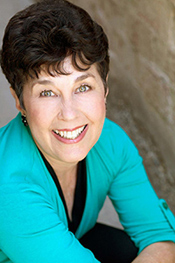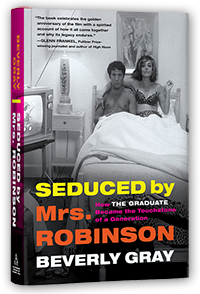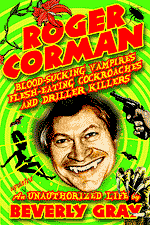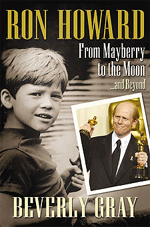A few months back, following the death of Alain Delon, I watched the 1960 French thriller, Purple Noon, which helped launch Delon’s career as a screen idol. It was a colorful flick about deception and mayhem, and boasted not one but two impressive twists at the end. It wasn’t until recently that I learned that this film was based on Patricia Highsmith’s 1955 The Talented Mr. Ripley, the first in a string of five novels featuring a young American who’s adept at impersonating others, for his own personal gain. Much more recently, Netflix showcased Ripley, a eight-part miniseries based on Highsmith’s first Ripley novel. I watched the critically acclaimed series from start to finish, thrilling to its take on the Ripley character and on its spectacularly detailed black-and-white cinematography.
Though the Texas-born Highsmith spent her adult life in Europe, her story has always had an All-American hustler at its center, and of course Hollywood eventually provided us with an American take on her plot. The 1999 film written and directed by Anthony Minghella (known for his Oscar-winning The English Patient) starred a youthful Matt Damon in the title role. Key supporting parts were played by Gwyneth Paltrow, Philip Seymour Hoffman, and Cate Blanchett, with a very young Jude Law in the key supporting role of the wealthy, feckless Dickie, Ripley’s first victim. (It won him an Oscar nomination as Best Supporting Actor.)
Though I confess I’ve never read the novel that started it all, the contrast between the various screen versions has been fascinating. The French-language film much admired by Highsmith stands out for its gorgeous leading man, its spectacular Italian locales, and some nifty surprises that make a sequel unlikely. The TV miniseries apparently sticks far closer to the mood and plot of the original. I was fascinated by Andrew Scott’s playing of Ripley not as a charismatic rogue but as a sort of nonentity, a quiet con artist who succeeds because he seems to blend in everywhere he goes, with no one quite able to spot the fact that he’s dangerous. A snake in the grass, without question.
Then there’s Minghella’s Hollywood version. The leading role is played by Matt Damon, clearly chosen in part for the youthful innocence of his looks. (I’ve read that Leonardo di Caprio was an earlier choice for the part.) Whereas the Tom Ripley of the TV miniseries is an experienced grifter, bilking the unwary whose medical bills he’s stolen, Damon’s Tom starts out looking like a clean-cut young man, a pianist sensitively accompanying a classical singer at a house concert. He doesn’t seem to be on the make until opportunity suddenly drops into his lap, giving him a trip from NYC to an Italian beach resort to persuade the scion of a wealthy American family to quit loafing around and come home.
Damon’s Tom Ripley and Jude Law’s Dickie Greenleaf quickly bond over a passion for jazz. (The role of music in the film is an effective change from the miniseries, in which Dickie—though by no means talented—aspires to a career as an artist and Tom claims to share his interest in Caravaggio.) As we see from the start, Damon’s Tom really does love music . . . and quickly comes to love the handsome, mercurial Dickie. Every bad thing his Tom does seems almost accidental; his most dastardly deeds stem from spur-of-the-moment decisions made in time of crisis. He’s played, in a low-key way, as a closeted homosexual, one whose self-loathing leads him in dangerous directions. We’re supposed to end up feeling sorry for the guy. I ask you: what’s the fun in that?








I love the way the film studio's adaptation of The Talented Mr. Ripley emphasizes music, giving Damon’s Tom a more relatable side through his love for jazz. A film studio is crucial for producing high-quality content, fostering creativity, managing production, and ensuring the final film's success.
ReplyDelete